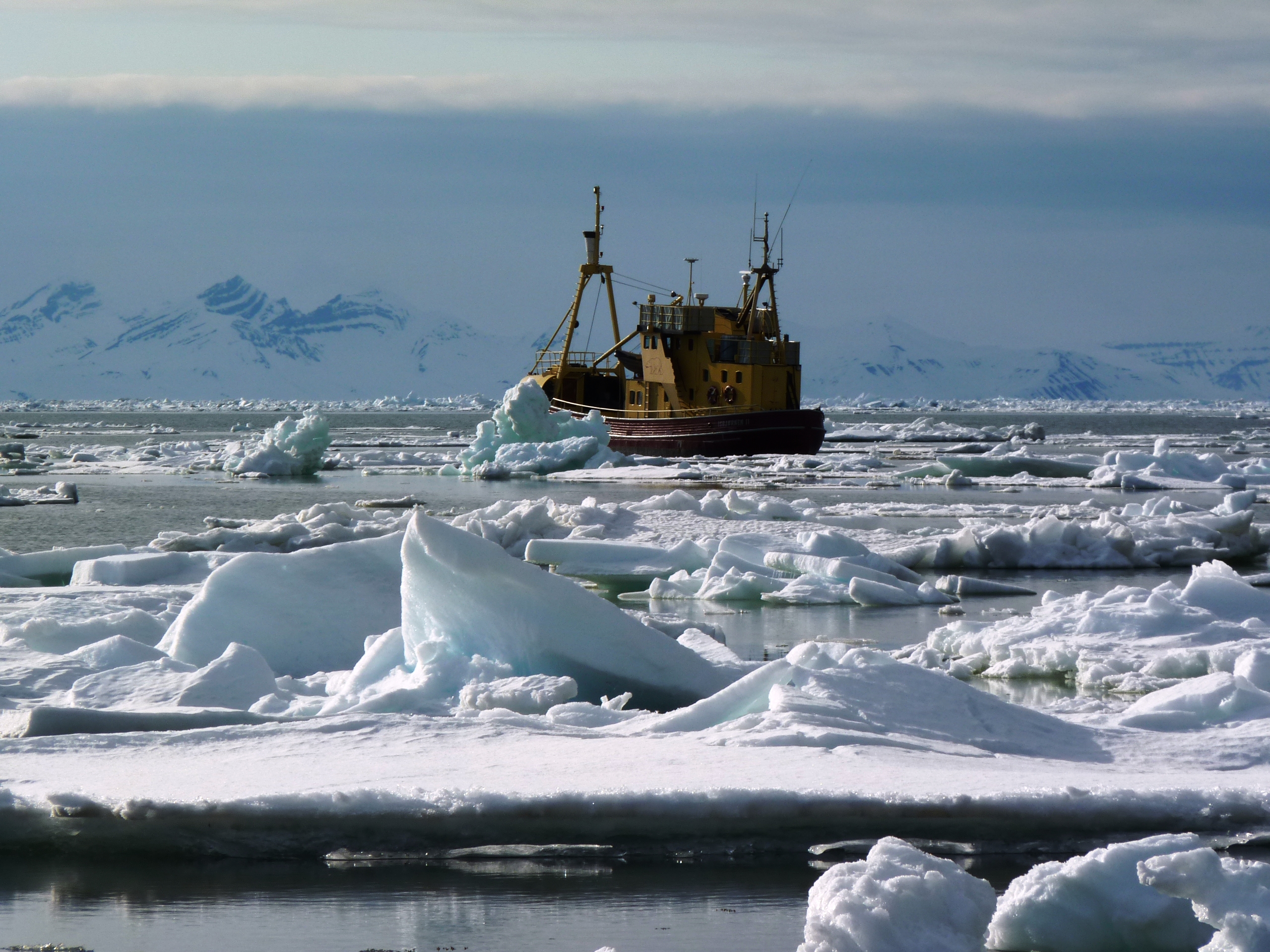Search Results for Tag: melting
Ice-capades and Alaska Baking with Methane?

This will be a picture day to more than make up for the last couple of text-rich entries.Cara has helped me solve the picture problem and the laptop has not been playing up so far.
Ice-capades:
Hiking across permafrost tundra and frozen lakes, bear tracks, drilling through ice, setting “umbrella traps” (caught any good brollies recently?), digging boots out of deep snow, sometimes with leg still attached…

We’re now in Healy, on the borders of the Denali National Park. We’ve left the freezing temperatures of the Arctic, but are still in snow and ice country.

We spent an incredible day in the (ice)-field with Katey Walter and her assistant Laura, scientists from the University of Alaska in Fairbanks. They’re studying methane emissions from melting permafrost lakes and their contribution to climate change.

Methane is a greenhouse gas 23 times more powerful than co2. Climate change models need to be adjusted to include it. As global temperatures increase, ponds and lakes are formed as the permafrost thaws. There’s been a considerable increase in methane measured seasonally in high northern latitudes, and Katey is looking into the background. How is it formed, to what extent, how much is released under what conditions and what does it all mean for the future climate?
We drove to 8-Mile lake, the dirt track rough but mostly cleared of snow. We were on the lookout for moose and bears, but they kept a low profile.We did find bear tracks on the ice, though.

Transported power drills and other equipment for collecting samples. The idea is to collect plant matter from under the ice and on the tundra to check in the lab, and to collect some methane being emitted from the lake.

One hazard moving around from ice to tundra is losing your boot in snow up to your thighs if you land on a deep soft bit (happened frequently). Sometimes somebody has to dig it out.

The lake is still frozen solid, although the top layer gets mushy or fluid in the sun, so we were wading through water at times. Strange feeling, have to rely on Katey’s word that the ice will hold us all with no problems.
Set up equipment on tarpaulin on ice and have a picnic lunch.

One team of CC ambassadors helped Katey drill into the ice to get plant samples for analysis. The other went with Laura onto the (melting) permafrost to collect samples of dead leaves for analysis (all to find out how fast and under what conditions their decay produces methane).
The students (well they’re not really students, but they do belong to a “College”) worked really hard and without whinging, out on the ice a whole day in strong sunshine. I’m impressed by their knowledge of climate issues, the questions they ask, and how well they soak up the knowledge and can present it. I’ve been interviewing them intermittently (to be heard on Living Planet in the weeks to come).

Laura found a methane “hotspot” in a little “puddle-pond”.

She put an umbrella trap over it, a plastic umbrella/funnel with plastic bottles attached, which collects the gas.

Then she found a second hole which required a boat to access. Art hiked back to base camp, brought and inflated the dingy and they put out a 2nd trap.

Katey and Laura are great, amazingly dedicated and very patient with visiting journalists and “trainee” scientists.

Marc Cornelissen, our expedition leader is a bundle of energy, enthusiasm and he’s completely unflappable. He can magic up lithium batteries which last longer in the cold, fix laptops, cameras, ice-drills, rescue lost equipment stuck in the ice and provide extra socks and even boots after those little “icecapades”.And he just keeps going non-stop.
You can actually light the methane we collected from the lake. Scientists are working on trying to capture it to use it for fuel. Katey says that would be really good for the environment and the climate.

















Feedback